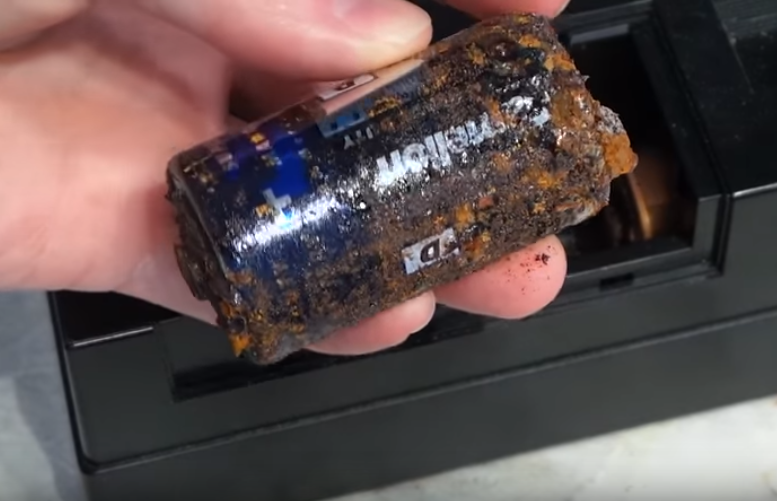One might believe that batteries are no longer used and no longer exist given that most devices now run on batteries and that offering good battery life is a challenge for brands. However, toys always have them and so do our flashlights or remote controls for example! The problem is that batteries are problematic in many ways, especially environmentally since they are rarely collected and recycled and end up in the trash (or worse in nature or the street where these heavy metals are a disaster ). They can also leak and can damage your devices. Do you think they’re done for and you’ll never be able to catch them again? Here’s the best way to clean them!
Summary
1) Determine the type used
There are two main types. Alkalines are more expensive and contain potassium hydroxide (the latter being an alkali metal, which explains the batteries’ name). A saline contains ammonium chloride and is considered acidic. It is less expensive, but also less efficient and perfect for powering the majority of low-consumption devices. Once you have determined the type of battery, you can act accordingly.
2) How to clean a leaked alkaline battery?
Get the juice of a fresh lemon. Soak a cotton pad with this liquid and wring it out well so as not to get too much moisture and risk reaching the circuits of your equipment. Rub with your cotton wool to remove the largest part then fine-tune with cotton swabs to remove the last traces in the gaps.
3) How to clean a leaked saline battery?
For saline batteries, we do the same thing again, but we forget the lemon juice. Take some baking soda and mix it with water to make super baking water! Then, proceed as explained above.
4) How to prevent it from leaking in the future?
If you don’t use your device much, don’t hesitate to store it without inserting the batteries first. This will prevent dripping.

